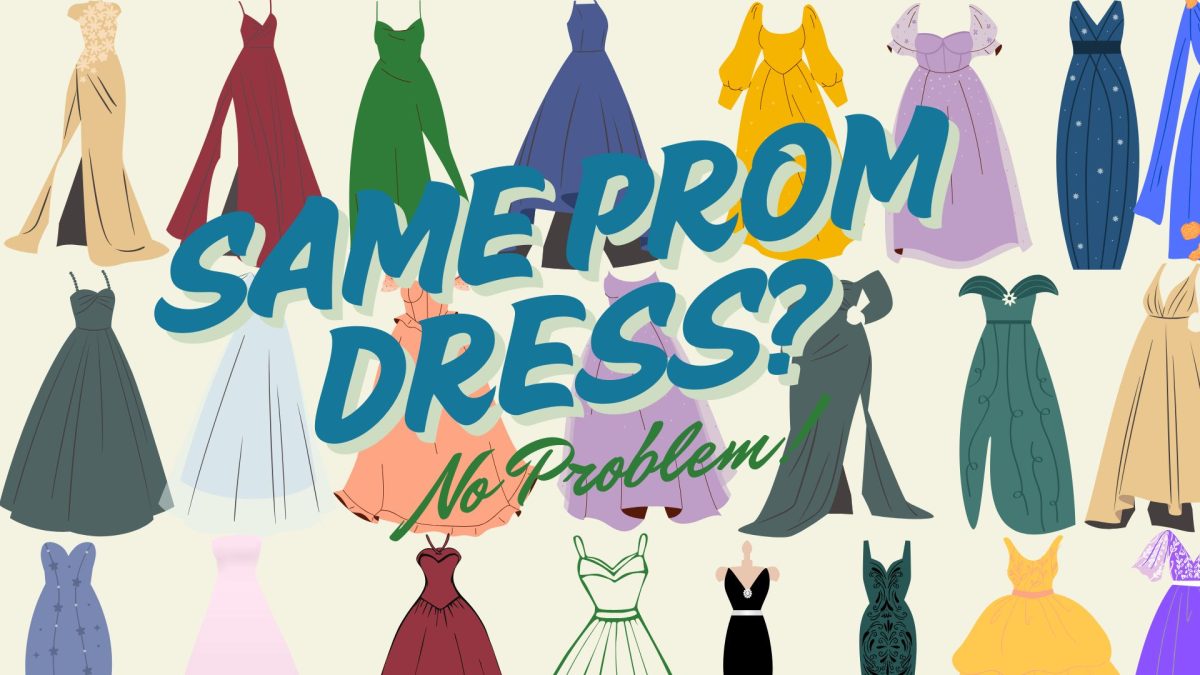As you sit down with your family and turn on the television, you witness the passing of the torch of the United States presidency. You anticipate the tide to shift, and new orders to be signed. However, were you expecting a reproductive health website to go dark?
On Monday, Jan. 20, President Donald Trump was sworn into the presidency in the U.S. Capitol in Washington, D.C. ReproductiveRights.gov went dark shortly after the inauguration, leaving many advocates and citizens concerned about what is to come.

The site was created by the Biden administration and was published in 2022 by the Department of Health and Human Services. The launch was part of an awareness campaign on access to abortion and reproductive care following the Dobbs vs. Jackson Women’s Health Organization decision.
On June 24, 2022 when Roe v. Wade was overturned, thus ended the constitutional right to abortion, ReproductiveRights.gov made a statement:
“Reproductive health care, including access to birth control and safe and legal abortion care, is an essential part of your health and well-being. While Roe v. Wade was overturned, abortion remains legal in many states, and other reproductive health care services remain protected by law.”
In light of the website’s disappearance, TheSkimm has published the last updated version of it before it went dark. On the site, you can read through the former “Know Your Rights: Reproductive Health Care” page.
Part of President Trump’s series of executive orders was one titled “Restoring Freedom of Speech and Ending Federal Censorship.” Ideally, this order would sound necessary for a functioning republic, however, the signing of this order appears hypocritical with the removal of the essential information contained on ReproductiveRights.gov.
“The site wasn’t just about abortion, but it told you about birth control, insurance rights and a lot of patient care rights in general,” junior Meredith Levy said. “I think the website was actually very useful to a lot of people, and I’m not entirely sure why they would take something like that down, especially considering politically, I didn’t think it was very radical in that sense.”
The greatest argument against abortion is that life begins at conception and will be equally valuable as anyone else from that point on. The flaw with this ideology is that this concept stems from the Bible; under the First Amendment, any person on U.S. soil is given the right to exercise religion freely and there shall be no establishing of an official religion. However, passing laws that limits the beliefs other religions hold violates this core principle.
Recently, junior Kadence Melamud took a trip to Washington, D.C. with Religious Action Center of Reform Judaism (RAC) to discuss the problems they found with values being held in the government. They got the opportunity to speak with Representative Tom Kean Jr. on their stance.

“The Jewish values involve the mother’s life comes before the fetus, no matter how far along in the pregnancy they are,” Melamud said. “Banning abortions go against the Jewish commandment to protect life. The country’s leaders should not be able to make rules under the influence of only certain religions.”
Religious views aside, limiting access to fundamental reproductive health information is a form of political censorship. This idea suggests that the removal was more than likely done due to ongoing political debates about abortion and reproductive rights. This action is seen as an effort to reduce access to pro-reproductive rights sites and favor conservative, pro-life ideals.
“So much of the medical world is based on men’s perception of things,” licensed marriage and family therapist Melissa von der Heide said. “The knowledge about women’s health is becoming more common to hear about and no answers are provided. Answers are given, even by female doctors, of ‘stress less:’ what self-care are you doing? Women are frequently not heard about what presenting issues are; everything remains a mystery.”
In regards to medical research, women have been significantly underrepresented. Throughout history, men’s bodies have been considered the “norm” while women’s bodies are “abnormal.” Due to differences as small as the cellular level, each biological sex may differ in how diseases present or the effectiveness of pharmaceuticals.
Having a website such as ReproductiveRights.gov allows women to feel heard and represented, having a site specifically geared toward their anatomy and genetic makeup.
“Everyone should know the rights they have and policies and should be able to easily access that information,” Levy said. “Taking down a government website like that is depriving people of a great source of information.”
















